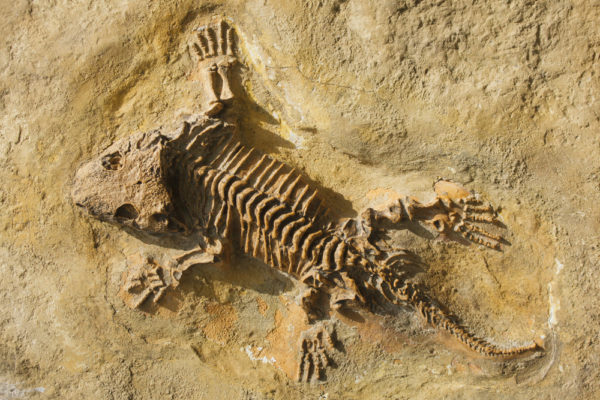
A lethal pulse of ultraviolet (UV) radiation may have played a role in Earth’s biggest mass extinction event, fossilized pollen grains reveal.
Pollen that dates to the time of the Permian-Triassic mass extinction event, roughly 250 million years ago, produced “sunscreen” compounds that shielded against harmful UV-B radiation, the analysis found. At that time, approximately 80% of all marine and terrestrial species died off.
For the study, which was published Jan. 6 in the journal Science Advances (opens in new tab), a team of international scientists developed a new method of using a laser beam to examine the miniscule grains, which measure about half the width of a human hair and were found embedded onto rocks unearthed in southern Tibet, according to a statement.
“Writer Fuel” is a series of cool real-world stories that might inspire your little writer heart. Check out our Writer Fuel page on the LimFic blog for more inspiration.

